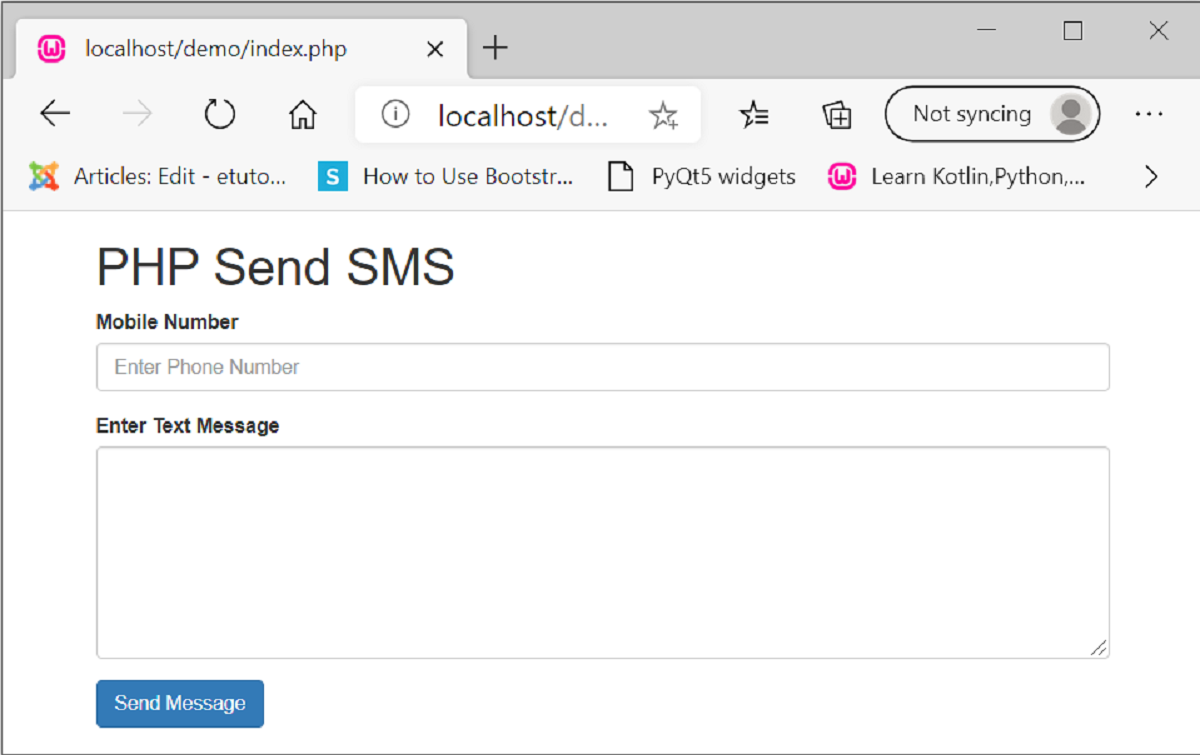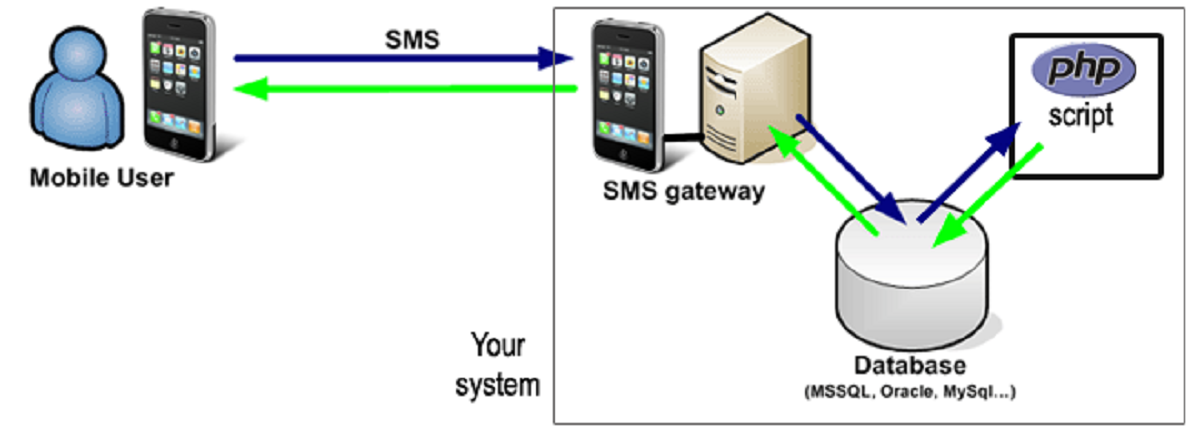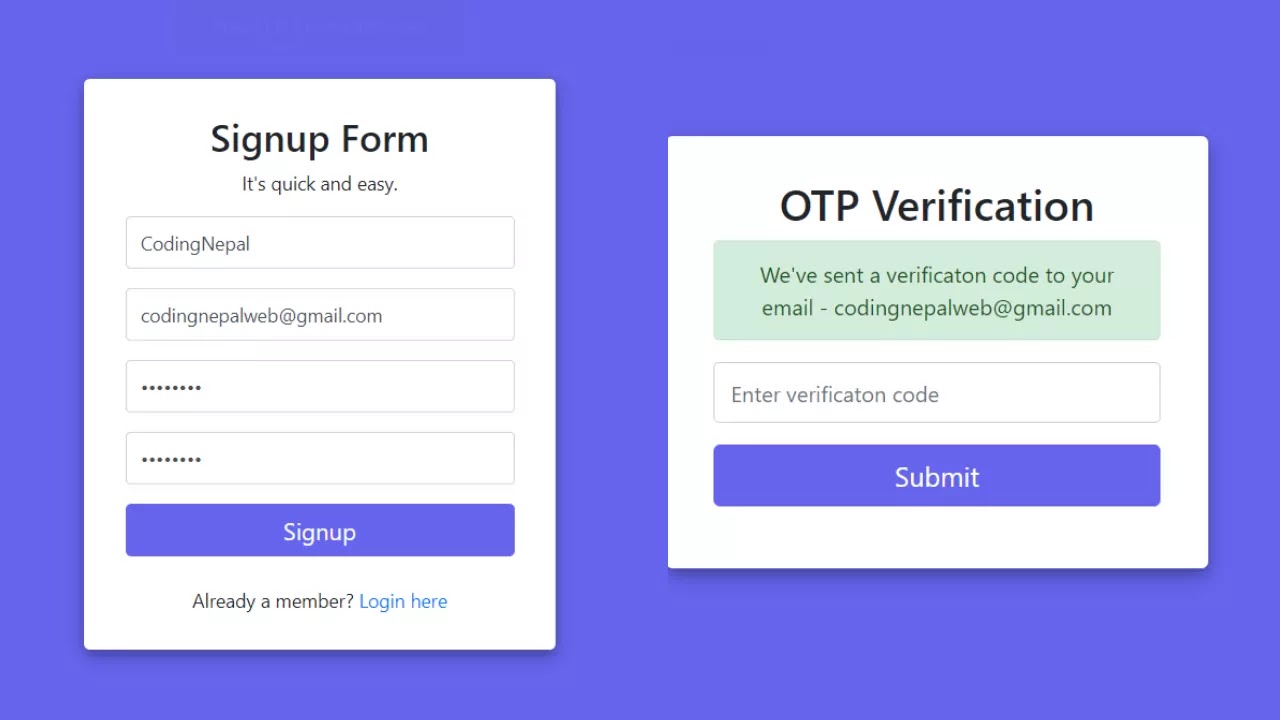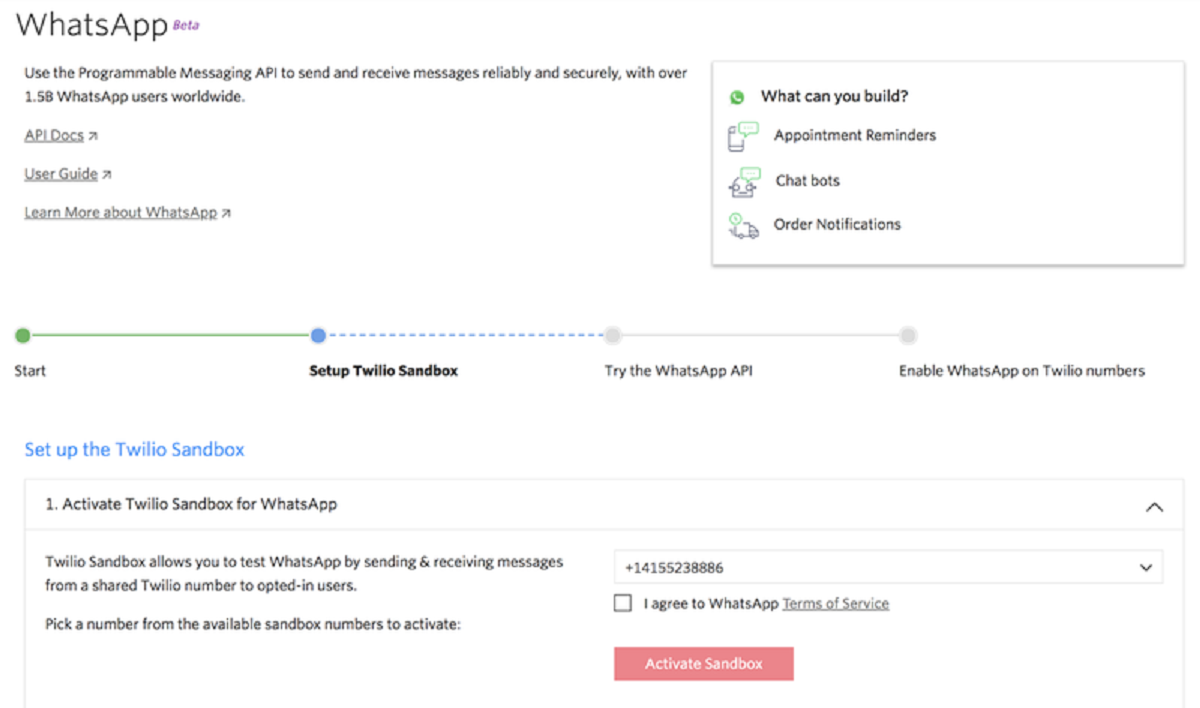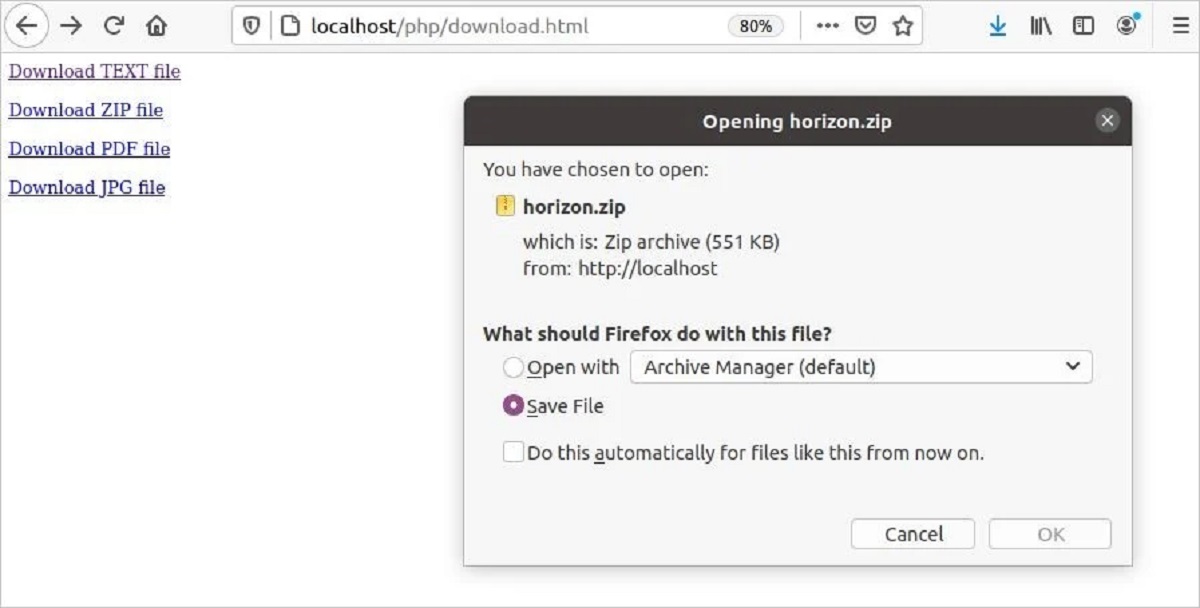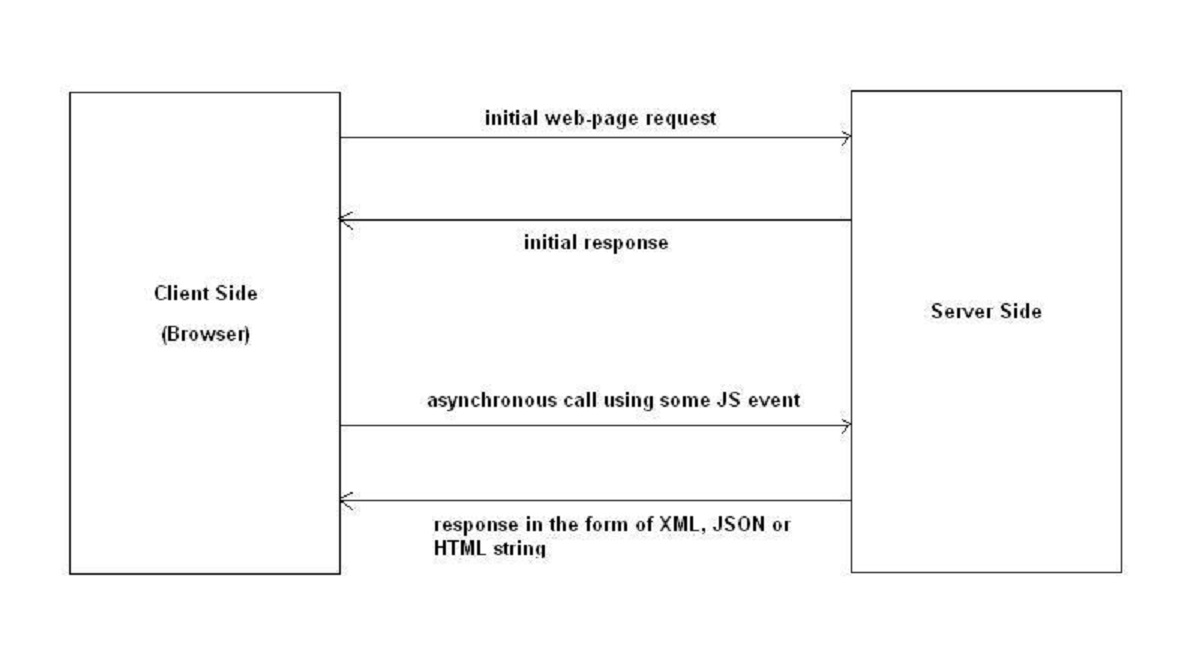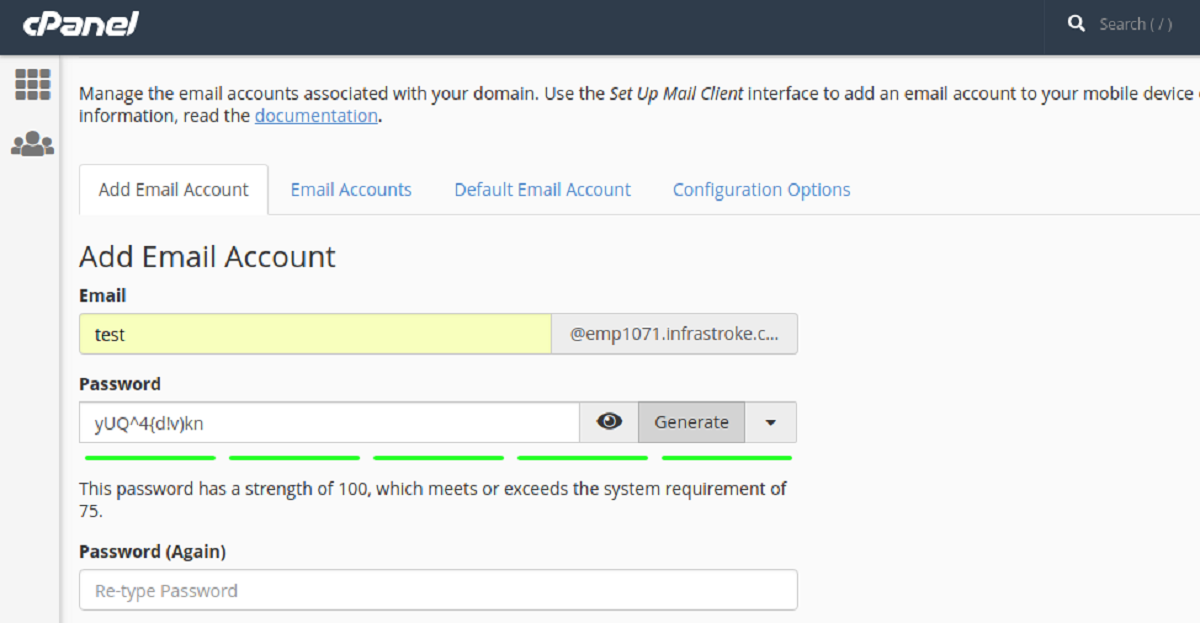Introduction
Sending SMS (Short Message Service) messages has become a common form of communication in today’s digital age. It allows businesses and individuals to quickly and efficiently deliver important information to their audience. In this article, we will explore how to send SMS messages using PHP, a popular server-side scripting language.
By leveraging the power of PHP, developers can integrate SMS functionality into their web applications, making it possible to send alerts, notifications, or marketing messages directly to users’ mobile devices. Whether you need to send transactional messages, promotional offers, or event reminders, PHP provides a straightforward and efficient way to accomplish this task.
In this tutorial, we will use Twilio, a cloud communications platform, to send SMS messages via PHP. Twilio provides a reliable and scalable infrastructure for sending SMS and other forms of communication, allowing developers to focus on the core functionality of their application without worrying about the complexities of carrier networks.
This tutorial assumes that you have a basic understanding of PHP and have a server or hosting environment set up with PHP support. If you are new to PHP, it is recommended to familiarize yourself with the basics before proceeding. Additionally, we will be utilizing the Twilio PHP library for interacting with the Twilio API, so it’s important to have the necessary dependencies installed.
Now, let’s delve into the process of sending SMS messages using PHP and Twilio, and see how we can leverage this powerful combination to enhance communication with our users.
Prerequisites
Before we get started with sending SMS using PHP, there are a few prerequisites that need to be in place:
- Basic knowledge of PHP: It is assumed that you have a working knowledge of PHP and understand how to write and run PHP scripts.
- Server or hosting environment: You will need a server or hosting environment that supports PHP. This can be a local development environment like XAMPP or a web hosting provider that offers PHP support.
- Twilio account: You will need to sign up for a Twilio account. Twilio is a cloud communications platform that provides APIs for sending and receiving SMS messages. You can sign up for a free trial account, which will give you a certain number of free SMS messages to work with.
- API credentials: Once you have a Twilio account, you will need to obtain your API credentials. These credentials are unique to your account and are required to authenticate your requests when sending SMS messages.
- Twilio PHP library: You will need to install the Twilio PHP library to interact with the Twilio API. The library simplifies the process of sending SMS messages by providing a set of easy-to-use functions and methods.
By ensuring that you have fulfilled these prerequisites, you will be ready to proceed with setting up your Twilio account, installing the Twilio PHP library, and writing the PHP code to send SMS messages. It’s important to have these prerequisites in place to ensure a smooth and successful implementation.
Setting up a Twilio Account
Before we can start sending SMS messages using PHP, we need to set up a Twilio account. Twilio is a cloud communications platform that provides APIs for sending and receiving SMS messages, making it an ideal choice for our purpose.
To set up a Twilio account, follow these steps:
- Go to the Twilio website (https://www.twilio.com) and click on the “Get started for free” button.
- Fill in the required information, including your email address, password, and phone number. Click on “Get started” to proceed.
- Twilio will send you a verification code to the phone number you provided. Enter the code in the verification field and click on “Verify phone number”.
- Once your phone number is verified, you will be directed to the Twilio Console. Here, you can access your account settings, view your phone numbers, and manage your Twilio resources.
- Take note of your Account SID and Auth Token. These are your API credentials and will be used to authenticate your requests when sending SMS messages.
With your Twilio account set up and your API credentials in hand, you are now ready to move on to the next steps, which include installing the Twilio PHP library and writing the PHP code to send SMS messages.
Setting up a Twilio account is a simple and straightforward process that allows you to take advantage of the powerful SMS functionality that Twilio provides. By following these steps, you will have everything you need to start sending SMS messages using PHP and Twilio.
Installing the Twilio PHP Library
Once you have set up your Twilio account and obtained your API credentials, the next step is to install the Twilio PHP library. The Twilio PHP library simplifies the process of interacting with the Twilio API and enables sending SMS messages through your PHP code.
Here is how you can install the Twilio PHP library:
- Open your preferred command-line interface or terminal.
- Navigate to your PHP project directory.
- Run the following command to install the Twilio PHP library using Composer:
shell
composer require twilio/sdk
Composer will download and install the Twilio PHP library, along with its dependencies, into your project directory. Composer is a popular package manager for PHP that simplifies dependency management and ensures that your project has the required libraries.
Once the installation is complete, you can start using the Twilio PHP library in your PHP code to send SMS messages.
It’s important to note that you need to have Composer installed on your system for this installation method to work. If you don’t have Composer installed, you can download it from the official Composer website (https://getcomposer.org) and follow the installation instructions specific to your operating system.
Alternatively, you can also manually download the Twilio PHP library from the Twilio Github repository (https://github.com/twilio/twilio-php) and include it in your project manually. However, using Composer is recommended as it simplifies the installation process and ensures that you have the latest version of the library.
With the Twilio PHP library successfully installed, you are now ready to proceed with the next steps, which include creating a configuration file and writing the PHP code for sending SMS messages.
Creating a Twilio Configuration File
In order to securely authenticate and connect to the Twilio API, it’s recommended to store your API credentials and other sensitive information in a separate configuration file. This configuration file will be used to define constants or environment variables that can be easily accessed throughout your PHP code.
Follow these steps to create a Twilio configuration file:
- Create a new PHP file in your project directory.
- Give the file a descriptive name, such as
twilio_config.php. - Inside the file, define the necessary constants to store your Twilio API credentials:
php
Replace the placeholder values 'your_account_sid' and 'your_auth_token' with your actual Twilio Account SID and Auth Token, respectively. These values can be found in your Twilio account dashboard under the “Settings” section.
By defining these constants in a separate configuration file, you can easily reference them wherever needed in your PHP code. This helps ensure that your API credentials are kept secure and avoids the need to hard-code them directly into your scripts.
Remember to include this configuration file in any PHP script where you need to interact with the Twilio API. You can do this by using the require_once or include_once function in your PHP code.
Creating a Twilio configuration file is an important step in maintaining security and organization in your code. By storing your API credentials separately, you can easily manage and update them without having to modify multiple scripts.
Creating a PHP file for Sending SMS
To send SMS messages using PHP and Twilio, we need to create a PHP file that will handle the sending process. This file will contain the necessary code to connect to the Twilio API, authenticate with your API credentials, and send the SMS message to the desired recipient.
Follow these steps to create a PHP file for sending SMS:
- Create a new PHP file in your project directory.
- Give the file a descriptive name, such as
send_sms.php. - At the beginning of the file, include the Twilio PHP library and the Twilio configuration file. This will ensure that all the required dependencies are available:
php
Make sure to adjust the paths to the Twilio PHP library and the configuration file if they are located in a different directory.
With the required dependencies included, you are now ready to proceed with writing the PHP code to send the SMS message. We will cover this in the next section.
Creating a dedicated PHP file for sending SMS helps keep your code organized and modular. It allows you to easily reuse the code in different parts of your application without duplicating the logic.
Writing the PHP Code for Sending SMS
To send an SMS using PHP and Twilio, we need to write the necessary code that will handle the communication with the Twilio API. This code will authenticate with our Twilio account using the API credentials, specify the sender and recipient phone numbers, and provide the contents of the SMS message.
Follow these steps to write the PHP code for sending an SMS:
- Inside your
send_sms.phpfile, create a new instance of the TwilioClientclass and pass in your API credentials:
php
$client = new Twilio\Rest\Client(TWILIO_ACCOUNT_SID, TWILIO_AUTH_TOKEN);
- Specify the sender’s and recipient’s phone numbers, along with the SMS message content:
php
$sender = ‘+1234567890’; // Replace with your Twilio phone number or alphanumeric sender ID
$recipient = ‘+0987654321’; // Replace with the recipient’s phone number
$message = ‘Hello from Twilio!’; // Replace with the desired SMS message
- Use the Twilio
clientinstance to send the SMS message:
php
$client->messages->create(
$recipient,
array(
‘from’ => $sender,
‘body’ => $message
)
);
Make sure to replace the placeholder values for $sender, $recipient, and $message with the appropriate values for your scenario.
With this code in place, you can now initiate the process of sending an SMS message using PHP and Twilio. When executed, the script will connect to the Twilio API, authenticate with your API credentials, and send the specified SMS message to the recipient’s phone number.
Remember to include the necessary Twilio dependencies and the Twilio configuration file at the beginning of your script. This will ensure that the required classes and credentials are available for the code execution.
By writing the PHP code for sending SMS, you can integrate this functionality into your web applications for various use cases, such as sending notifications, alerts, or verification codes to your users’ mobile devices.
Testing the Code
Before you can confidently use your PHP code to send SMS messages using Twilio, it’s essential to test and validate its functionality. Testing allows you to ensure that everything is working as expected and that your messages are being delivered successfully.
Follow these steps to test your code:
- Ensure that your development environment or server is properly set up with PHP support.
- Open the PHP file that contains your code for sending SMS messages.
- Update the sender’s, recipient’s, and message details with the appropriate values for your test.
- Save the file and execute it by accessing its URL in a web browser or running it through the command line.
- Monitor the output or any error messages that are displayed.
If everything is working correctly, you should see a successful execution message or a confirmation that the SMS message has been sent. Moreover, the recipient’s phone number should receive the SMS message containing the specified content.
If there are any errors or issues during the testing process, carefully review your code and configuration files to ensure that all the necessary details are correctly entered. Common problems to check for include incorrect API credentials, incorrect phone number formatting, or missing dependencies.
During testing, it’s advisable to start with a small number of sample SMS messages to avoid incurring unnecessary costs if you are using a paid Twilio account. This allows you to validate and refine your code before scaling it to a larger volume of messages.
By thoroughly testing your code, you can have confidence in its functionality and ensure that your SMS messages are being sent and received as intended.
Conclusion
In this tutorial, we have learned how to send SMS messages using PHP and Twilio. By leveraging the power of PHP and the Twilio API, we can easily integrate SMS functionality into our web applications and efficiently communicate with our users.
We started by setting up a Twilio account and obtaining the necessary API credentials. With the account in place, we installed the Twilio PHP library using Composer, a popular package manager for PHP. This library simplifies the process of interacting with the Twilio API.
We then created a Twilio configuration file where we securely stored our API credentials. This separate file helps keep our sensitive information organized and easily accessible throughout our PHP code.
Next, we created a PHP file specifically for sending SMS messages. Inside this file, we used the Twilio PHP library and our configuration file to authenticate with the Twilio API and specify the sender, recipient, and content of the SMS message.
Finally, we tested our code to ensure that everything was working as expected. By executing the PHP file, we could verify that the SMS messages were being sent successfully and received by the intended recipients.
With this knowledge and understanding, you now have the ability to incorporate SMS functionality into your PHP applications. Whether you need to send notifications, alerts, or promotional messages, PHP and Twilio provide a powerful combination for effective communication.
Remember to follow best practices and consider the regulations and guidelines for SMS messaging in your region or industry. It’s important to respect the privacy and preferences of your users and ensure that your messages are sent within the appropriate context.
Now that you have mastered the art of sending SMS messages using PHP and Twilio, you are ready to enhance your applications by leveraging the power of real-time communication. Happy coding!







